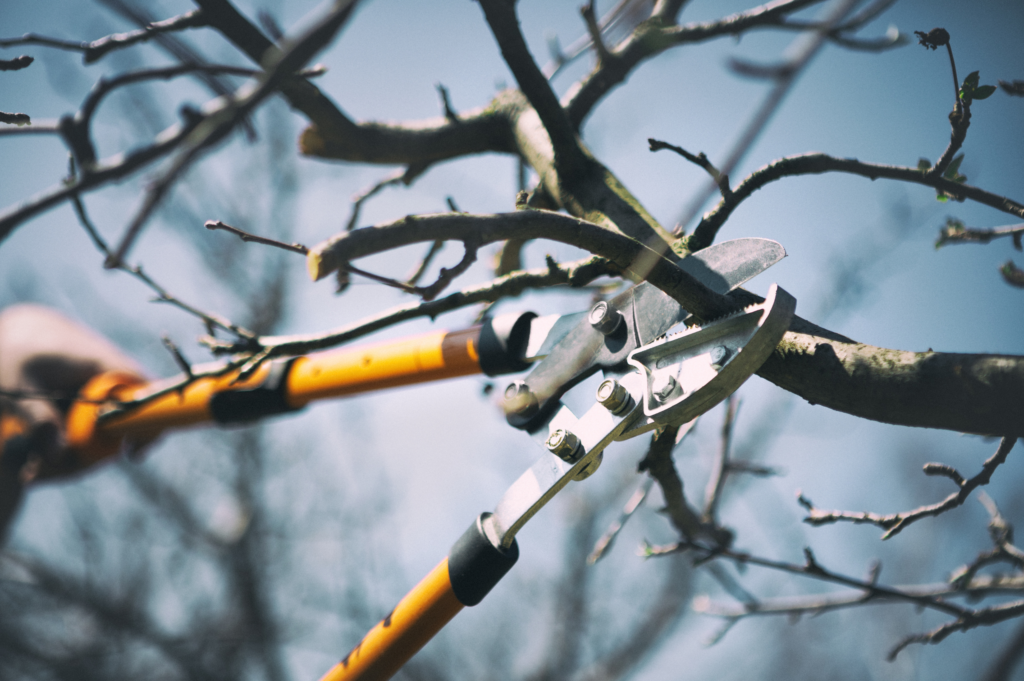Pruning trees is a key part of maintaining a healthy, attractive landscape, but doing it at the wrong time or using improper techniques can cause more harm than good. For homeowners in Charlottesville, VA, understanding when and how to prune your trees can ensure their long-term health and vitality.
Why Pruning Matters for Tree Health
Pruning isn’t just about aesthetics; it’s essential for promoting a tree’s overall well-being. Proper pruning encourages growth by removing dead or damaged branches, improving airflow, and reducing the risk of disease. It also minimizes the likelihood of pest infestations, decreases the chances of broken limbs during storms, and strengthens the tree’s structure.
Key benefits of strategic pruning include:
- Promoting New Growth: Removing dead or unhealthy branches stimulates healthy growth, helping your tree stay robust and vibrant.
- Disease Prevention: Dead limbs can attract pests and harbor diseases that can quickly spread. Pruning removes these risks before they escalate.
- Improving Sunlight Access: Thinning dense canopies allows more sunlight to reach lower branches and surrounding plants, promoting growth throughout your yard.
- Increasing Structural Strength: Pruning young trees encourages strong branch structure, while pruning mature trees removes weak or hazardous limbs, reducing the risk of breakage.
While pruning offers many benefits, timing and technique are essential to achieve the best results.
The Best Time to Prune Trees in Charlottesville, VA
Most trees benefit from pruning during their dormant season, typically late fall or winter. Here’s why:
- Dormancy Supports Healing: When trees are dormant, they aren’t actively growing, allowing pruning wounds to heal more effectively and without added stress.
- Reduced Sap Flow: Pruning in late fall or winter helps minimize sap flow, reducing the chance of attracting pests.
- Improved Visibility of Tree Structure: With deciduous trees shedding their leaves, it’s easier to identify which branches need removal.
There are a few exceptions to this seasonal guide:
- Flowering Trees: For spring-blooming trees, wait until they finish flowering to prune. Pruning too early can cut off buds for next year’s blossoms.
- Dead or Hazardous Branches: Remove dead, damaged, or hazardous branches anytime to avoid potential risks to people or property.
The Risks of Pruning at the Wrong Time
Incorrect pruning or pruning at the wrong time of year can create serious health risks for your trees.
- Increased Disease Vulnerability: Pruning during late spring or summer exposes fresh cuts to pests and fungi, which can quickly lead to infections.
- Added Stress on Trees: Pruning in the growing season can trigger excessive sap flow, weakening the tree and making it more susceptible to environmental stressors like heat and drought.
- Harm to Future Growth: Improper pruning techniques or mistiming can stunt growth, distort the tree’s natural shape, or result in weak branches prone to breakage.
Pruning requires a careful approach. Over-pruning, cutting too close to the trunk, or removing the wrong branches can lead to lasting damage. To ensure your trees are pruned correctly and at the right time, it’s wise to consult professionals who have the knowledge and equipment to handle the job safely.
At Cox’s Tree Service, we specialize in understanding and supporting tree health in Central Virginia’s unique environment. Whether you need regular maintenance or assistance after a storm, our team is dedicated to keeping your trees safe, healthy, and beautiful.

